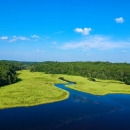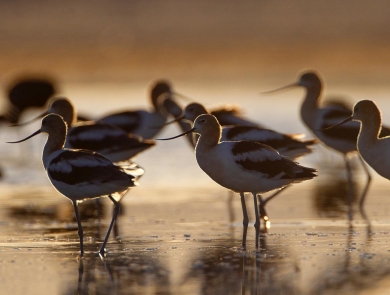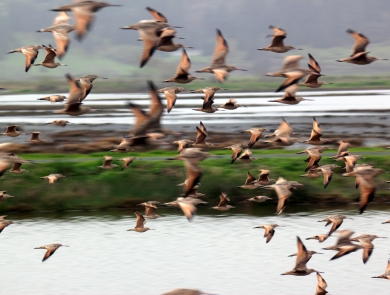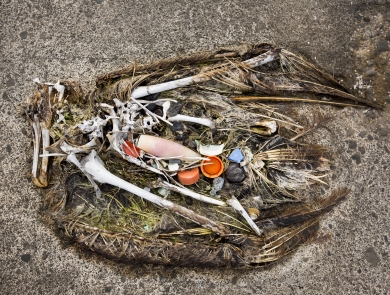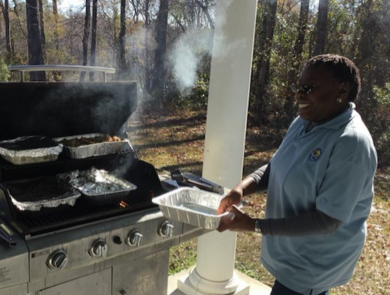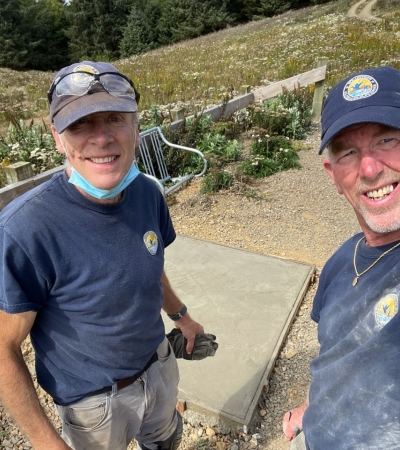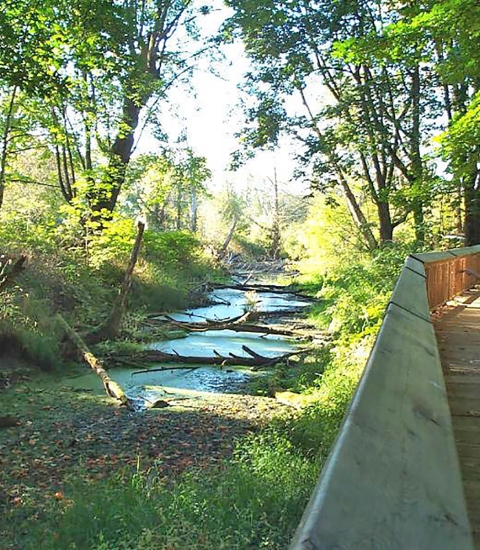Facility
Location
336 Wilna Road
Warsaw, VA 22572
United States
Volunteer Position Overview
About This Position
Located in the historic "Northern Neck" region of Virginia, the Rappahannock River Valley National Wildlife Refuge affords visitors the opportunity to experience wildlife and a rural landscape similar, in places, to that which Captain John Smith experienced in the early 1600's. The Northern Neck is the northernmost of three peninsulas on the western shore of the Chesapeake Bay in the Commonwealth of Virginia. Many important historical figures were born on the Northern Neck, including U.S. presidents George Washington, James Madison, and James Monroe, as well as signers of the Declaration of Independence, Francis Lightfoot Lee and Richard Henry Lee, and the Confederate Civil War general Robert E. Lee. Our refuge is rural but all general shopping is located within 15 minutes. We are conveniently located 1 hour from Richmond & Fredericksburg, VA. and 2.5 hours from Washington D.C. Additional benefits include great bird watching, fishing, hiking and close proximity to the Rappahannock River. In exchange for the use of a RV pad with full hookup (water, sewer, 50 and 30 amp electric, with Laundry facilities on site) we require 32 hours per week per person (single) or a minimum of 24 hours per week each per couple. Our volunteer opportunities include but are not limited to:
Fall opportunity: Management (under supervision) of the fall white tail deer hunt program. This includes but is not limited to, issuing permits, monitoring refuge hunt phone line, preparing special use permits. Volunteers who already have a Certificate of Investigation ( full background check) are given priority for this position. Volunteers must be willing to serve from Sept 15th thru Dec 15th. and be highly organized and able to work independently. General light maintenance to include mowing, trails, stocking kiosks, painting, etc.
Spring/Summer Opportunities (flexible dates/minimum 3 months): Assistance with special events, including Earth Day Celebration (April), Kids Fishing Day (June), Go Wild (May), occasional special programs for local groups such as bluebird box building, short environmental education programs, etc. Assist Friends of the Rappahannock with outreach at local off-site festivals and events. Also provide general maintenance (mowing, painting, trails, stocking visitor kiosks) and general office assistance.
Duties/Activities
Stories About Volunteering
Other Ways to Work with Us
Are you looking for something different than a volunteer opportunity? The Fish and Wildlife Service employs around 9,000 people nationwide and offers great internship opportunities every year.
